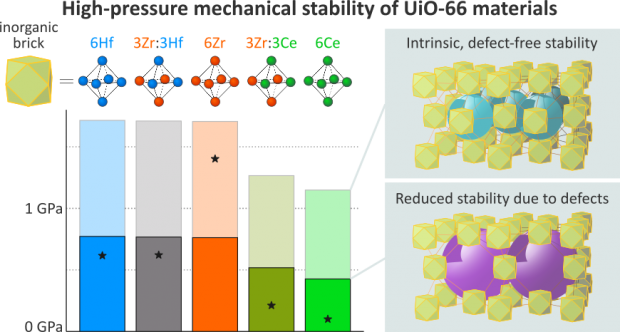Elucidation of the pre-nucleation phase directing metal-organic framework formation
Abstract
Metal-organic framework (MOF) crystallization is governed by molecular assembly processes in the pre-nucleation stage. Yet, unravelling these pre-nucleation pathways and rationalizing their impact on crystal formation poses a great challenge since probing molecular-scale assemblies and macroscopic particles simultaneously is very complex. Herein, we present a multimodal, integrated approach to monitor MOF nucleation across multiple length scales by combining in situ optical spectroscopy, mass spectrometry, and molecular simulations. This approach allows tracing initial metal-organic complexes in solution and their assembly into oligomeric nuclei and simultaneously probing particle formation. During Co-ZIF-67 nucleation, a metal-organic pool forms with a variety of complexes caused by ligand exchange and symmetry reduction reactions. We discriminate complexes capable of initiating nucleation from growth species required for oligomerization into frameworks. Co4-nuclei are observed, which grow into particles following autocatalytic kinetics. The geometric and compositional variability of metal-organic pool species clarifies long-debated amorphous zeolitic imidazolate framework (ZIF)-particle nucleation and non-classic pathways of MOF crystallization.
DOI
dx.doi.org/10.1016/j.xcrp.2021.100680

